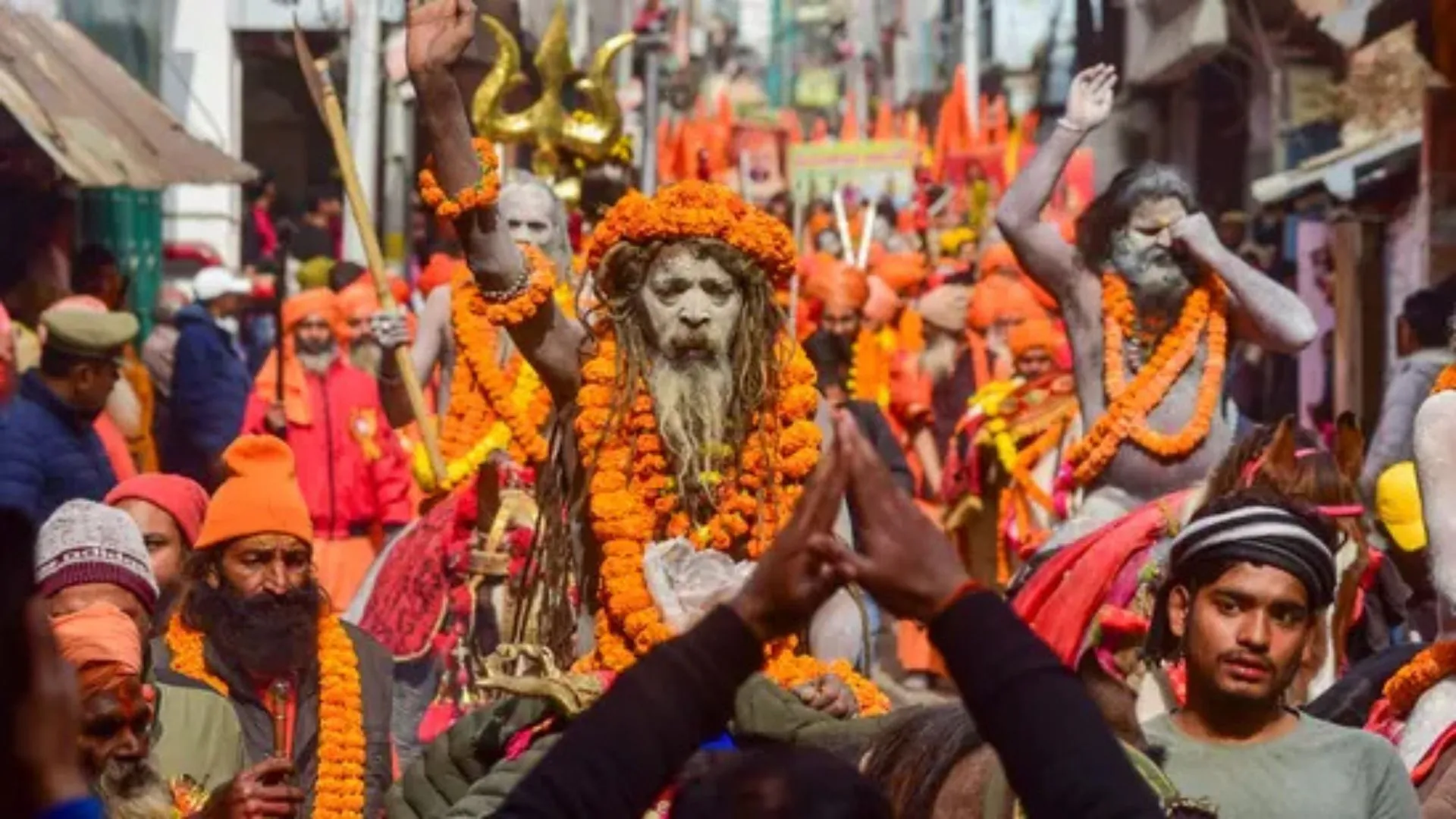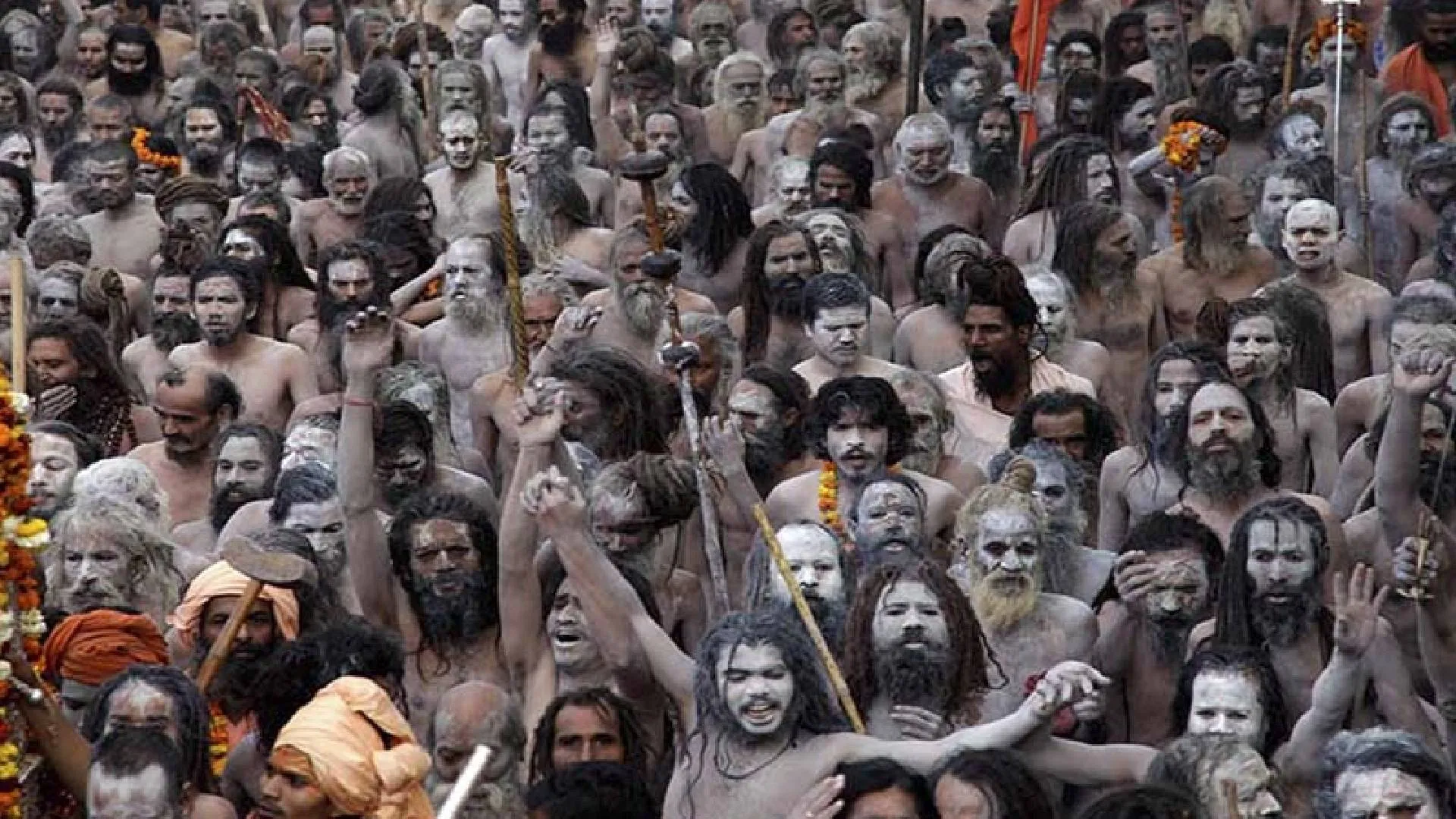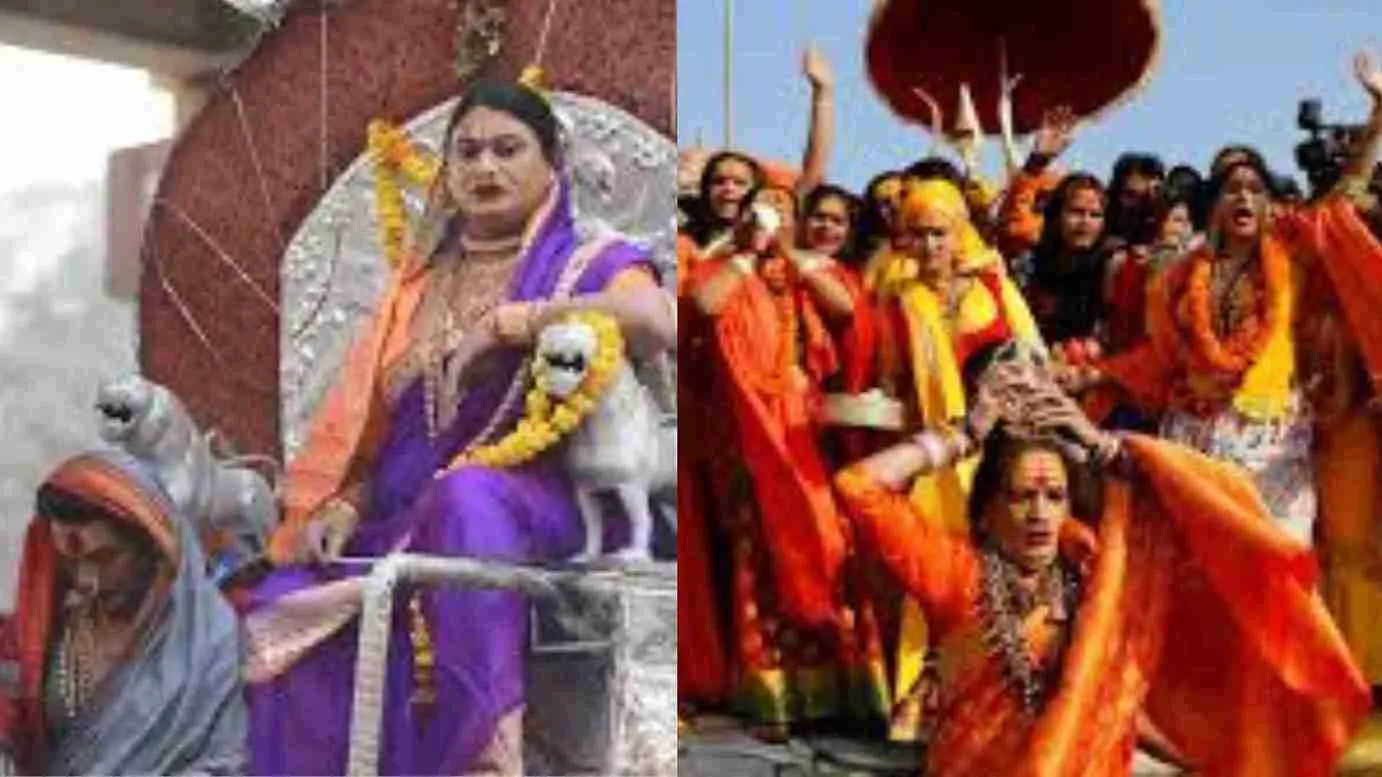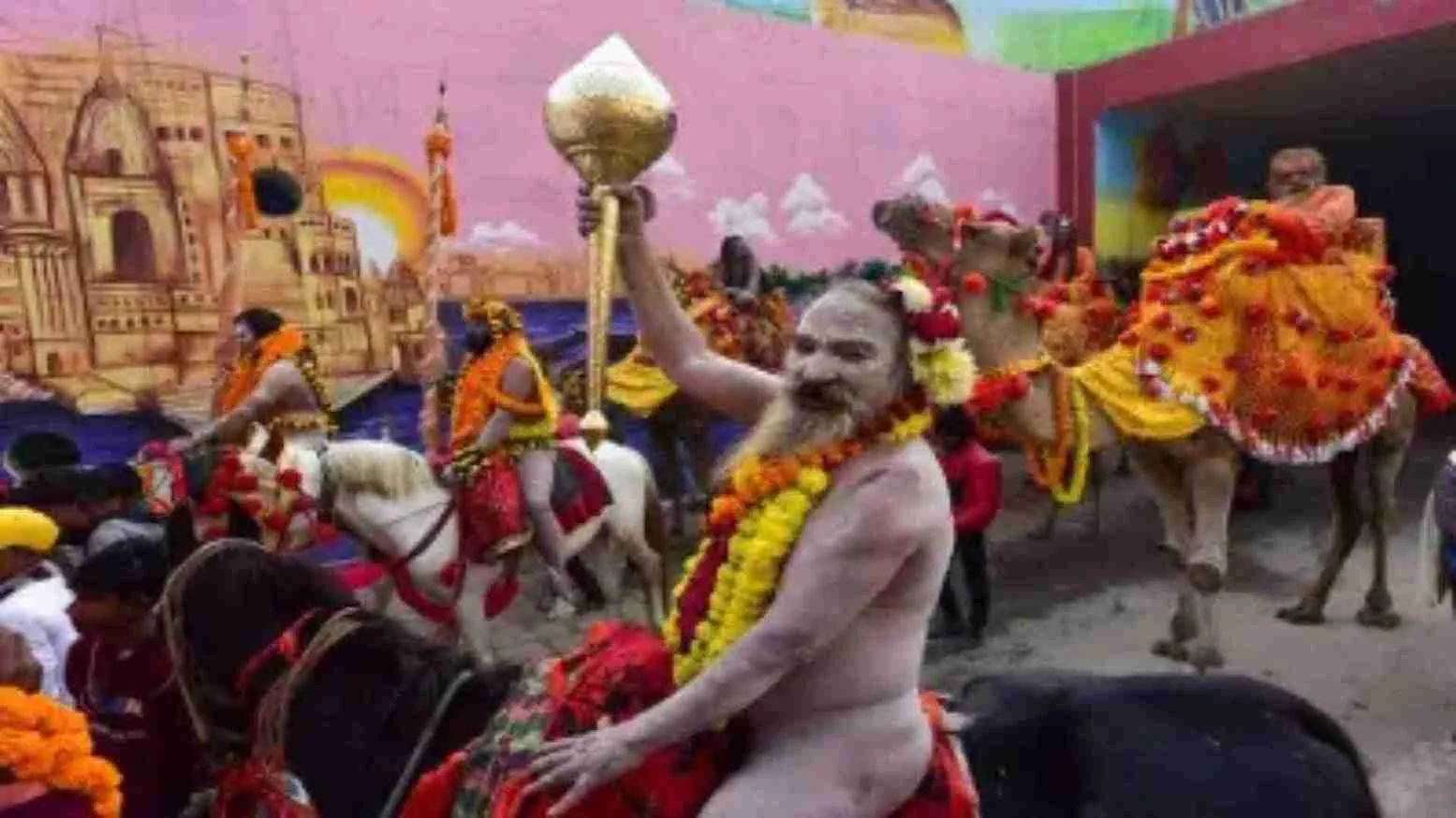Ganesha, the elephant God, is lovingly worshipped throughout India. He is referred to as the dispeller of obstacles, giver of powers, and benefactor of the arts. “Sri Ganesh” also means the auspicious start of anything. Traditionally, Ganesha is worshipped at the beginning of any auspicious event.
There’s a strange mythical story about Ganesha’s birth: how he was born out of the dirt which came off Parvati’s (intentionally spelled Paarvati throughout) body, how he stood guard whilst she bathed inside a cave, not allowing anyone to meet her, how he battled all the Gods and defeated them, and how, eventually, Shiva cut his head off and replaced it with an elephant head. Is there a logical explanation for this myth?
Our ancient rishis were astute and realised that giving sermons full of wisdom or advising people against living in excess doesn’t work. Thus, in the Puranas, one finds cryptic stories that hold deep secrets. Behind the veil of a wonderful tale, one will usually find a wise teaching.
Paarvati is the daughter of Parvata, the mountain. There is a secret in the name of Paarvati. In Sanskrit, Paru means something that is extremely high – a mountain, the sky, or the heavens. It can also be seen as a great joy, or celebration. Parva also means festival-the apex of something; say, the completion of a project, assignment or school year, with a celebration.
Etymologically, “Paarv” means something that arises out of Paru. It can also mean the rising of joy in celebration. When ‘ati’ is added at the end of ‘Paarv’, we get ‘Paarvati’. Ati in Sanskrit means ‘a lot of something’. Thus, one meaning of Paarvati is “the peak of joyous celebration”.
The Puranic myth tells us that Devi Paarvati created Ganesha out of the sandalwood paste and clay that she had used to clean herself during her bath, brought the idol to life, addressed him as her son, and instructed him to guard the entrance to her private chambers. He followed Paarvati’s orders and fought off all the Devas who came to meet her. Eventually, the boy prevented Shiva from entering the cave. There was a fearsome battle leading to the boy’s beheading and subsequent resurrection with an elephant head by a chastised Shiva.
What happens when there is uncontrolled excess during any celebration? Often, things get nasty. Shiva represents awareness, and Paarvati is the peak of celebration. This tale, in fact, addresses human nature through a perennial cycle of events connected to uncontrolled excesses during celebrations, when awareness is lost and things get nasty.
Sometimes, when in a group, we become excitable and lose control of ourselves. At such times, we behave as if highly intoxicated and do not realise that we might be crossing too many boundaries.
People often become excitable when they are enjoying themselves a lot, forgetting decorum. They begin to laugh and make insensitive jokes without realising the implications for the people around them. This is ‘Ati’, the excess. It happens through the loss of one’s awareness and dignity. Quite often, you can see this in family gatherings and parties, where people are drinking and joking loudly, completely unaware of themselves.
At such times, things can get nasty. Often, there are fights and harsh words are spoken in this state of ignorance. These moments of indiscretion can cause immense damage. Homes break up, and friends become lifelong foes. It’s unfortunate that these events begin with joy and end with sadness and resentment.
Ebullience, or excess of joy, symbolised by the pastes used by Paarvati to cleanse herself, does not have intrinsic awareness. When this paste was moulded into the original clay image of the boy and given ‘life’, he was like an automaton, whose only act was to prevent anyone, including Shiva, from entering Paarvati’s cave.
When many hurtful things are said, the damage needs to be undone. The ego comes up and creates a barrier between us and the ones whom we have hurt in the ‘ati’ of our past ‘Parvas’. Similarly, those hurt are also unaware that the harsh words were unintentional, uttered from a different space, and therefore they hold grudges against our foolish words. This is ego as well. Ego is the dirt that takes the form of a “guard” around us as we keep festering, trying to come to terms with the unpleasant situation. Many well-intentioned people try to counsel us, but we push them away with further harsh words.
In the myth, these are the Devas fought off by the boy guarding the cave. Ultimately, Shiva appears and fights the boy, cutting off his head with the Trishul, his trident. He then encounters a horrified Paarvati, who explains that the boy was born out of her own body, and thus was her son. She demands that he be brought back to life. Shiva then replaces the shattered head of the boy with the head of an elephant, and thus Ganesha, Shiva’s dearly loved son, is reborn.
What does replacing Ganesha’s head with an elephant’s symbolise? When all fails, someone wise, someone we truly respect, appears in our lives, admonishes us, and shakes us out of our ‘abhimaan’, or righteous ego, drilling common sense into us. If our ego drops, then eventually, all is well.
Shiva is the wise one, and our ego is represented by the head he severs with the Trishul, the three-pronged ‘weapon’ of thought, word, and action he employs to bring us back to our senses.Of course, all our justifications are dear to us, like Paarvati’s body dirt is still her ‘son’. The wise one acknowledges this, and helps us turn these “weaknesses” into our power! Shiva transforms the angry boy into a peaceable, wise soul filled with immense wisdom—represented by an elephant’s head. As a result, Ganesha appears to be the most endearing and beloved of the Gods.
A wise guru will channelize your wild energies, and you will become like Ganesha—the Lord of the Ganas. Ganas means groups—of people, thoughts, ideas, words—anything. All our nastiness, sarcasm, and smartness do have intelligence hidden within, which can do a lot of good for others if used wisely. It needs a guide to put us on the right track. This is the implication of the final part of this tale. When we are not in control of our senses, we are not able to focus our energies. If the mind is organised and we are disciplined, the Ganas are in our control, and we have solved the riddle of Ganesha for ourselves.
Captain Deepam Chatterjee (retired) has recently written The Millennial Yogi, published by Penguin Random House India. He is on Instagram at @deepam.chatterjee






















